Does a “dry clean only” label stop you in your tracks when you’re shopping for vintage clothing? Wish you could hand wash vintage clothing rather than dry clean it? When I’m shopping for vintage clothing to sell or vintage clothing to wear, there is a hierarchy for decision making that I adhere to:
- Is it awesome?
- Is it vintage?
- Is it damaged in a way that can’t be repaired?
- Is it dry clean only?
Each step of the hierarchy can lead to the garment rejection but there’s some flexibility. A flaw isn’t fatal if the garment is awesome, the price is right and it’s remotely possible I can do something to mend it. But until recently, I gave zero ground for care instructions. If the care tag said “dry clean only,” it was a no-thank-you.
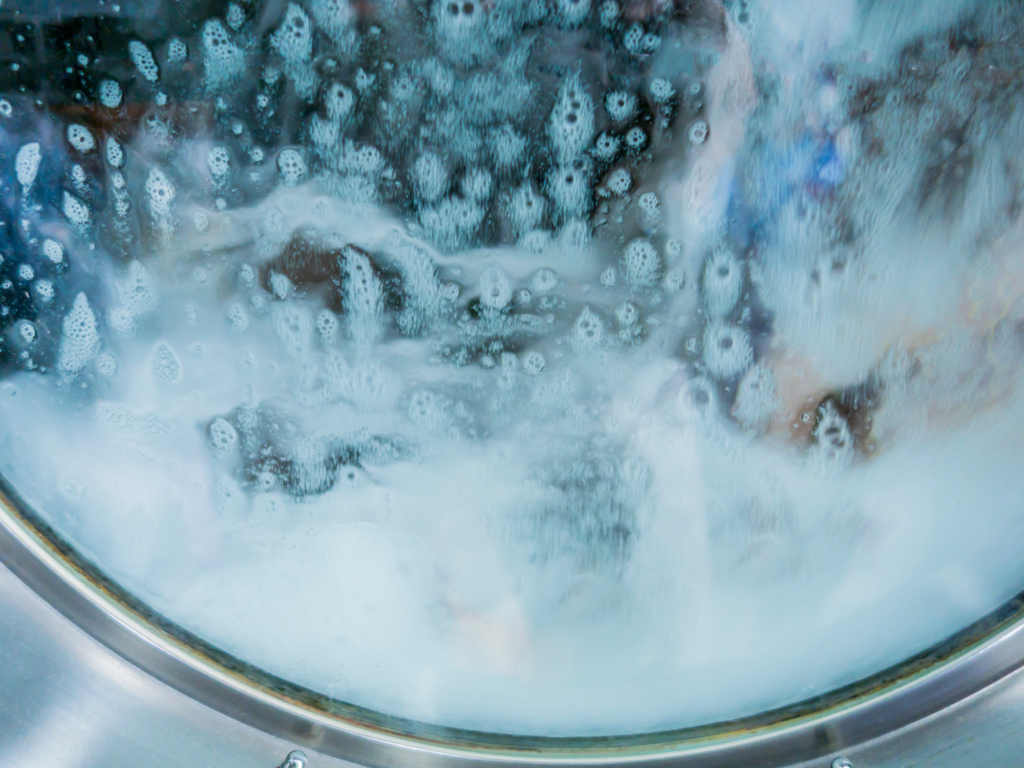
This is because I am an extremely lazy laundress. Anything that can be stuffed in the washing machine gets stuffed in the washing machine. Our (relatively) ancient front loading HE machine is gentle on clothes. I slither by without much harm coming to my delicates by using the hand wash cycle. Is that the best thing for them? Probably not. You SHOULD hand wash vintage clothing. But using the machine and lingerie bags require less hands-on-task time, and as previously disclosed, I am lazy. All that effort…run water in the sink, add soap, swish around. How tiresome…
I don’t hate hand laundry. I just never feel motivated enough to do it. Us lazy laundresses are pretty good at piling up the hand washing for so long that when we finally get around to it, we are often surprised to find things we forgot we owned. (This is a shockingly first world problem and we are not proud of it.)
Pencilling in a trip to the dry cleaner is a bridge too far for this lazy person. Besides the cost of dry cleaning, it annoys me to have to actually put the clothes in the car and drive around with them for a minimum of 3 days before I remember to stop at the dry cleaner. As for going back, first I have to find the ticket and second, I have to remember to stop. Life is too short for all that remembering.
What if some of those vintage garments don’t actually have to be dry cleaned? What if they could be hand washed?
Ask and you shall receive. It turns out, a lot of those “dry clean only” clothes can be hand washed. “Dry Clean Only” is a blanket safe instruction for clothing makers. If the tag says dry clean and you do otherwise, it’s your problem if things go wrong. But if you do a little research on the fabric and garment construction, you can save yourself money and time by washing at home. And that’s why I’ve decided change my ways and actually hand wash clothing.
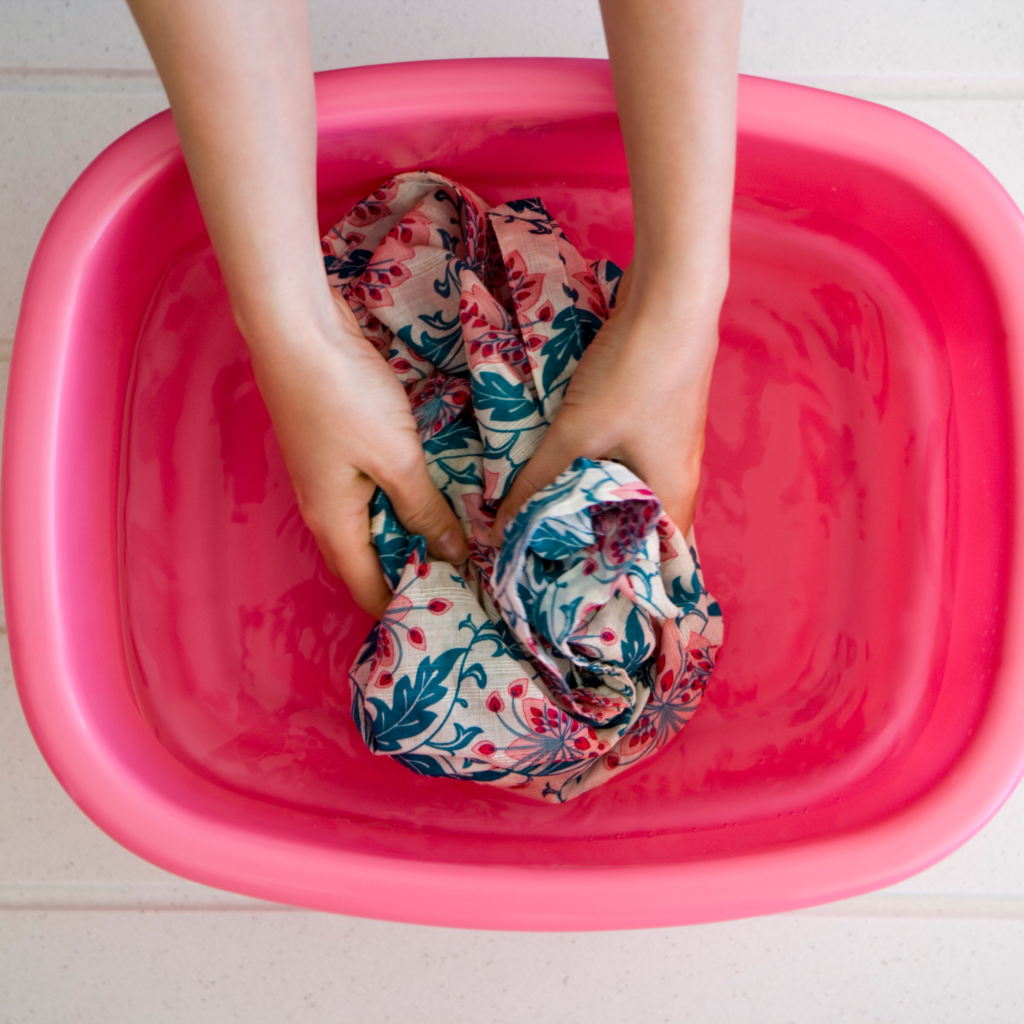
What “Dry Clean Only” vintage should be dry cleaned?
Part of this is common sense. Structured garments, like jackets with shoulder pads and skirts with sharp pleats have no business swimming in a sink. Leather and suede that aren’t washable are also a no. Fur is right out. Viscose rayons and fabric blends with polyamide, no and no. I have unintentionally felted enough older sweaters and afghans to be extremely shy about washing those, however part of the reason they felt is the abrasion that happens inside the washing machine. No sinks full of velvet. But velour, oh heck yes that can be washed.
What “Dry Clean Only” vintage can potentially be hand washed?
So what can you wash? Wools, linens, silks, cashmeres, nylons, cottons, polyesters, rayons. Again, unstructured garments only!
How do you actually hand wash vintage clothing?
Test for color fastness
Before you start filling your sink, test to see how color fast the fabric is. It’s pretty simple, take a wet cotton swab, find an out of the way location on your garment and rub. If the color transfers, the dye is going to run so don’t wash it. Or, in my world, if it’s a batik print where running isn’t going to be noticeable, go ahead and wash it by itself. Has this ended poorly for me? Yes it has. Sometimes the dye runs unevenly. So why do I do it? As previously stated, I’m lazy.
Be choosy with your sorting
Wash your garments individually or in batches of like colors and like materials. Two rayon dresses that are pastels should play nicely. A rayon dress and a chunky wool sweater in the same sink will not be happy together.
Get a proper detergent
Low sudsing soaps, especially those designed for hand washing, are best because they require very little rinsing. If you use regular laundry detergent, you will have a lovely sink of suds to play in, but you will also be rinsing those suds out for an eternity. Woolite used to be the gold standard, but the product testing site the Wirecutter has some other hand washing soaps they recommend instead of the old faithful. (I used Soak.) Detergents specifically for HE washing machines are also designed to be low sudsing so they can be used for hand laundry.
Right order, right temperature water
According to Good Housekeeping, fill the sink with water and soap first, add the clothes second. And my operational principle regarding water temperature is that if my hands are happy in the water, chances are my fabrics will be too.
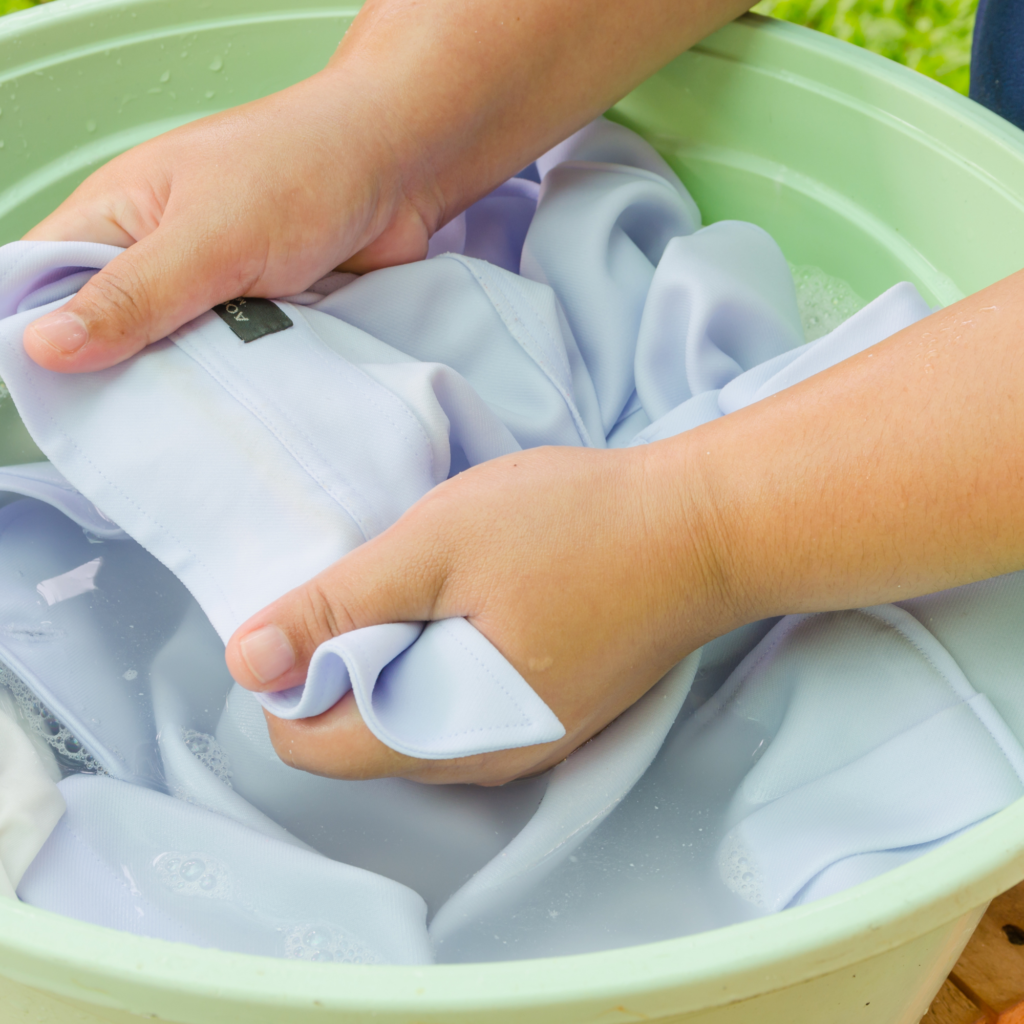
Gently soak and swish
No athletic maneuvers in the sink. No need to thrash about like an otter at play. Don’t scrub. If you have a stain, use a stain remover specifically designed for hand washing. Gently swish and move your garment in the water. The Laundress recommends never soaking a garment for longer than 30 minutes. Soak suggests 15 minutes.
Rinse, repeat as necessary
This step is not necessary with some soaps specifically for hand washing like Soak. No rinsing needed. But for most soaps, be gentle again here. Let the water drain. Remove your garment and fill the sink again with cool or tepid water. Swish, swish, swish. Replace the rinse water as often as you need to get rid of the suds. Good Housekeeping suggests deploying a colander for delicates. (I have a colander I use for washing all kinds of small vintage things like marbles and plastic critters.)
Roll with it
Don’t wring your delicates, it will give them odd shapes and unpleasant stretches. Gently squeeze excess water, maybe even use a colander to let them drip for a while. Then roll them in a towel to absorb excess water. After that, if it’s a knit, for the love of all that’s sacred, dry it flat. Don’t hang it. Drying things flat is always a good choice, but regrettably, we don’t all have the acreage nor the flat drying screens needed if we’re making a day of hand washing. So I’ll admit it, I dry my sweaters stretched across the top of my wooden drying rack. I don’t even own a flat sweater dryer. Other clothes that can safely hang without losing shape, I hang on plastic, NOT METAL OR WOOD hangers. Is this correct? Not exactly. Does it work? Appears to. Should you do it this way? Only if you are willing to accept the advice of someone who has already stated multiple times they are lazy.
So How Do You Stop Avoiding Hand Washing?
- Accentuate the positive: it’s not that hard.
- Revel in overriding your lizard brain when it recoils at the site of a “Dry Clean Only” label at the thrift store.
- Get the right soaps. Playing in pleasantly scented soapy water feels like a reward.
- Use the washing time to be mindless. We aren’t bored enough. Our best thoughts often come in the shower or when driving, times we’re not focused on anything in particular. Doing something mindless like hand laundry frees your brain to be creative.
- Think of it as social media detox time. If your hands are engaged, you not scrolling your social media, thereby giving your overstimulated brain a break.
- Put on your delicate big girl or boy panties and admit that you have been inflating the inconvenience of doing hand laundry way out of perspective. All it requires is a sink, soap and 30 minutes or less of your time.
(Additional embarrassing example of my laziness: If I started to hand wash vintage clothing, I could also do more with older, more delicate pieces. We should respect our elders. Older vintage and antique clothing really shouldn’t be asked to withstand even the gentle spin cycle. They come cleaner when they’re soaked in water rather than spun in a high-efficiency washing machine. So rather than collecting those pretties in a plastic bin to be hand washed never, I need to suck it up and get that sink thing happening.)
Sources and resources
The Laundress Blog, Five Dry Clean Only Fabrics You Should Be Washing at Home.
The Laundress Blog, Which Dry Clean Only Fabrics Actually Need to Be Dry Cleaned?
The Wirecutter, Best Detergent for Hand Washing Clothes
Melissa McEwan on Medium, Handwashing Clothes for Downwardly Mobile Millenials
Good Housekeeping, 5 Major Mistakes You Make Hand washing Clothes
For more on cleaning vintage clothing, we have a four part series.
Pin it!


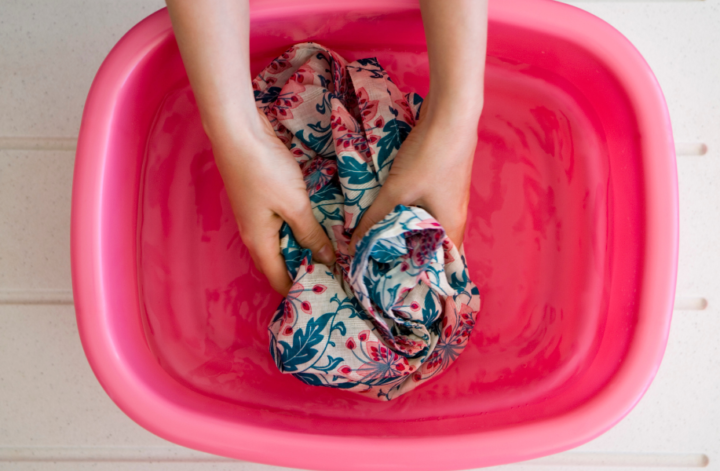



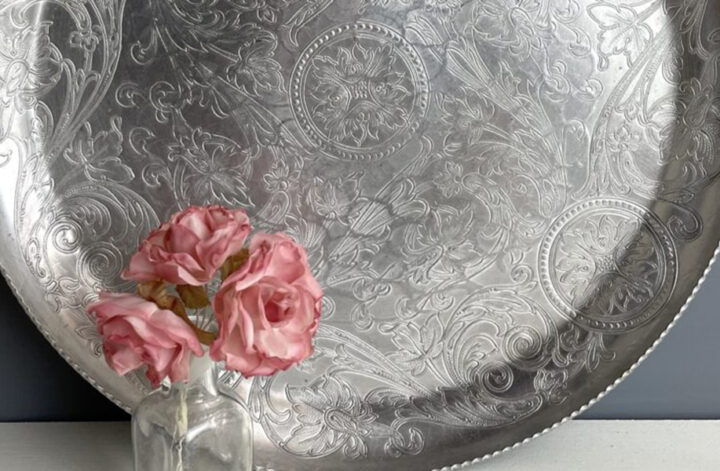
1 comment
Fabulous advice my friend! I have a bathtub that’s used exclusively for soaking vintage textiles and grungy grandkids on occasion.